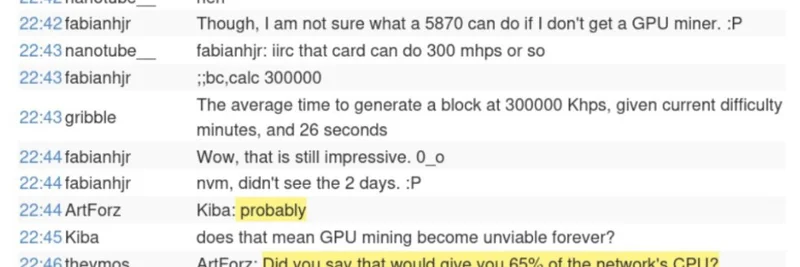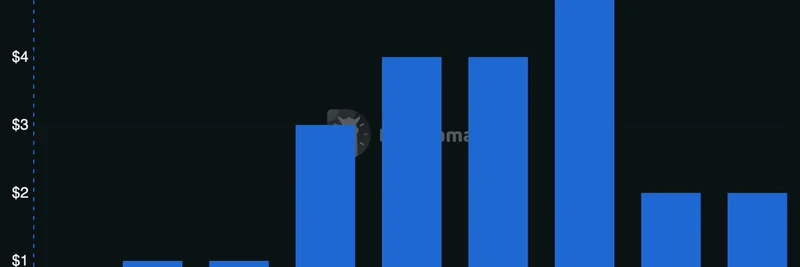Back in 2010, when Bitcoin was worth just about $0.01 and mining could be done on a simple laptop, a mysterious figure named ArtForz emerged in the crypto scene. This programmer and security expert quickly rose to control a staggering 25% of the Bitcoin network's hashrate. But his story is filled with innovation, controversy, and an abrupt vanishing act. Let's unpack this intriguing thread from @StarPlatinumSOL and see what it teaches us about the wild early days of blockchain.
The Rise of a Mining Titan
ArtForz didn't start with much fanfare. He built a custom GPU setup dubbed the "ArtFarm," which allowed him to mine Bitcoin at speeds far beyond what others were achieving with CPUs. Within a month, he had 10% of the network's hashrate, and by year's end, that figure hit 25%. At a time when blocks rewarded 50 BTC each, this meant he was amassing hundreds of thousands of coins.
Hashrate, for those new to crypto, refers to the computational power dedicated to securing the blockchain and validating transactions. In Bitcoin's infancy, dominating it like ArtForz did was like owning a quarter of the entire internet's processing power back then—immense control in a decentralized system.
Helping Satoshi and Spotting Bugs
But ArtForz wasn't just in it for the gains. As a skilled coder, he discovered a critical bug in Bitcoin's code that allowed spending coins from wallets you didn't own. He reported it directly to Satoshi Nakamoto, the pseudonymous creator of Bitcoin, helping to patch a vulnerability that could have derailed the project early on.
This act of goodwill showed ArtForz as a contributor to the ecosystem, not just an exploiter. It's a reminder that even in today's meme coin world, where pumps and dumps are common, community-driven improvements can make or break a token's longevity.
Exploits and Innovations
The thread reveals ArtForz exploited a flaw in Bitcoin's timestamp mechanism to mine blocks faster, netting over 1,000 blocks through this method. While controversial, it highlighted early protocol weaknesses.
As mining tech evolved with ASICs (Application-Specific Integrated Circuits) and FPGAs (Field-Programmable Gate Arrays), ArtForz adapted by developing the Scrypt algorithm. This memory-hard proof-of-work system aimed to make mining more accessible and ASIC-resistant. It later became the foundation for Litecoin, which publicly acknowledged his contribution at launch.
Scrypt's design influenced many altcoins and even some meme tokens today, emphasizing fairness in distribution—a key appeal for community-driven projects.
The Backlash and Disappearance
Things turned sour when a SolidCoin developer claimed Scrypt could be mined 150 times faster with GPUs, accusing ArtForz of knowing this and using it unfairly. Though he denied it, the controversy led him to stop posting in 2012.
Rumors swirled: some said he dabbled in mods for games like Minecraft and Kerbal Space Program. Others speculated he holds 50,000 BTC in cold storage, untouched even as old wallets stir in recent times. His true identity and whereabouts remain a mystery, much like Satoshi himself.
Lessons for Meme Coin Enthusiasts
This tale from Bitcoin's origins resonates with the meme token space today. Early exploits and centralization risks are echoed in rug pulls, whale dumps, and pump schemes. Yet, innovators like ArtForz show how one person's ingenuity can shape an entire industry.
At Meme Insider, we see parallels in how meme coins leverage community hype and tech tweaks for virality. Whether you're trading Solana-based memes or Ethereum classics, understanding these historical figures helps navigate the volatile crypto landscape.
If you're intrigued by crypto mysteries, check out the full thread on X for more details and visuals. Who knows—maybe ArtForz is still out there, watching the blockchain evolve.




